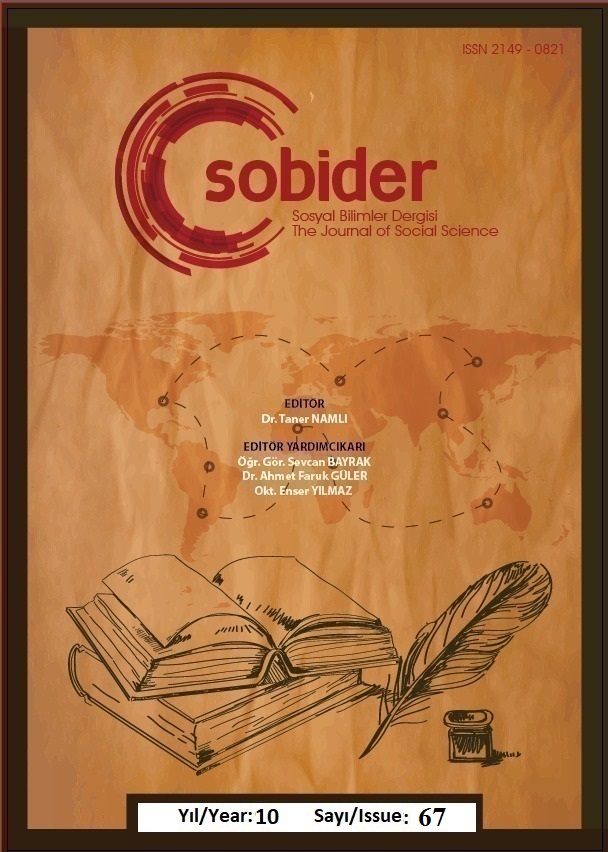Author :
Abstract
İslam devleti ve medeniyetinin VII.yüzyılda sınırlarını doğuya doğru genişletmeye başlaması ile birlikte Orta Asya’da yer alan milletler yavaş yavaş bu dine dair maddi ve manevi unsurları kabullenmeye başladılar. Yüzyıllar boyu devam edecek olan bu süreç diğer konar-göçer kültürlerde görüldüğü gibi Türklerin de kademeli olarak yerleşik hayata geçmesinde etkili oldu. İslâmiyetin geniş kitleler tarafından tercih edilmesi, dini öğretiler etrafında şekillenen geleneğin devamını sağlayacak ve onu müdafaa edecek kurumların teşkilatlanmasını zorunlu kılmaktaydı. Bahsi geçen noktada eksikliği gidermek için medreseler etkin bir görev ile kurulup işler hale getirildi. Medrese faaliyetleri devam ederken Müslüman Türklerin sayısının artması ve geniş bir coğrafyaya hâkim olmaları, onları İslam medeniyetinin en büyük temsilcisi konumuna getirdi. Selçuklu Devleti’nden Osmanlı Beyliği’ne devredilen bu miras Türkler tarafından geliştirilerek varlığını ve etkinliğini devletin yıkılış tarihine kadar devam ettirdi. Medreseler zamanla yozlaşıp eğitim ve diğer işlevlerinde yetersiz hale gelinceye değin İslam medeniyetinin ideolojik altyapısını şekillendirerek geniş coğrafyaların ve sayısız milletin geleceğine yön verdiler.
Keywords
Abstract
As the Islamic state and civilization began to expand its borders towards the east in the VII century, the nations in Central Asia gradually began to accept the material and spiritual elements of this religion. This process, which would continue for centuries, was effective in the gradual settlement of the Turks, as seen in other nomadic cultures. The preference of Islam by large masses necessitated the organization of institutions that would ensure the continuation of the tradition shaped around religious teachings and defend it. In order to overcome the deficiency at this point, madrasas were established and made operational with an effective mission. As the madrasah activities continued, the increase in the number of Muslim Turks and their domination of a wide geography made them the greatest representative of Islamic civilization. This heritage, which was transferred from the Seljuk Empire to the Ottoman Principality, was developed by the Turks and continued its existence and effectiveness until the collapse of the state. Until the madrasas degenerated over time and became inadequate in education and other functions, they shaped the ideological infrastructure of Islamic civilization and shaped the future of vast geographies and countless nations.





